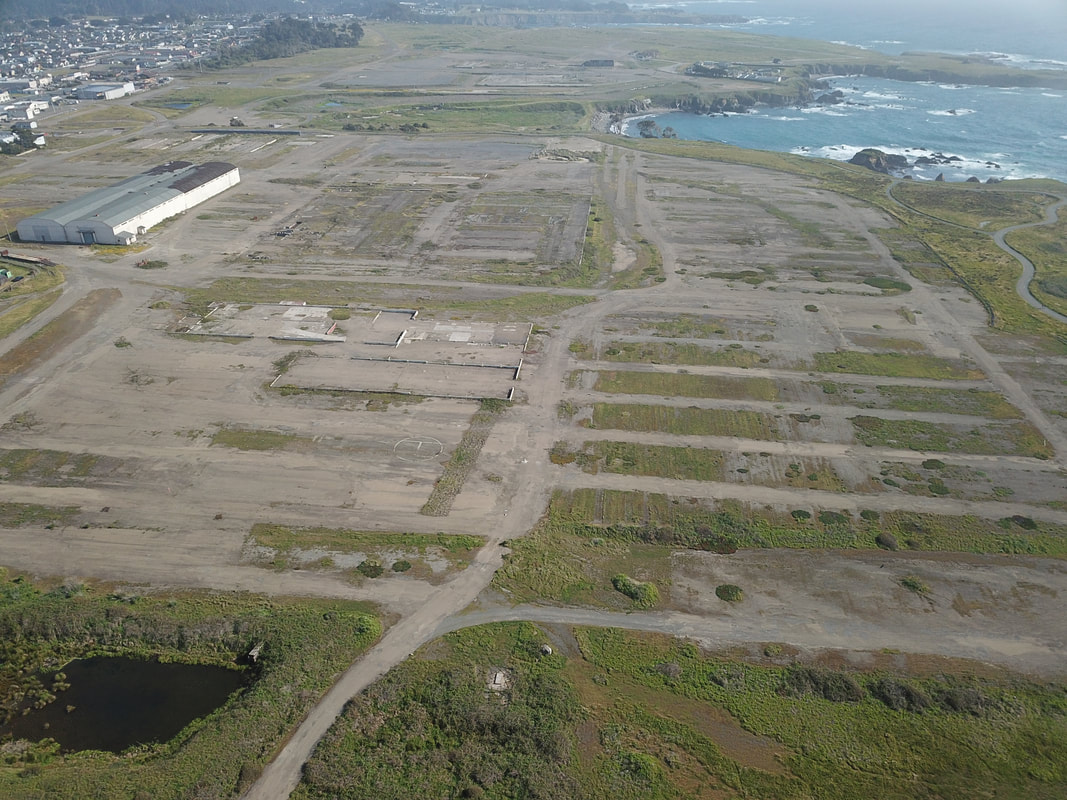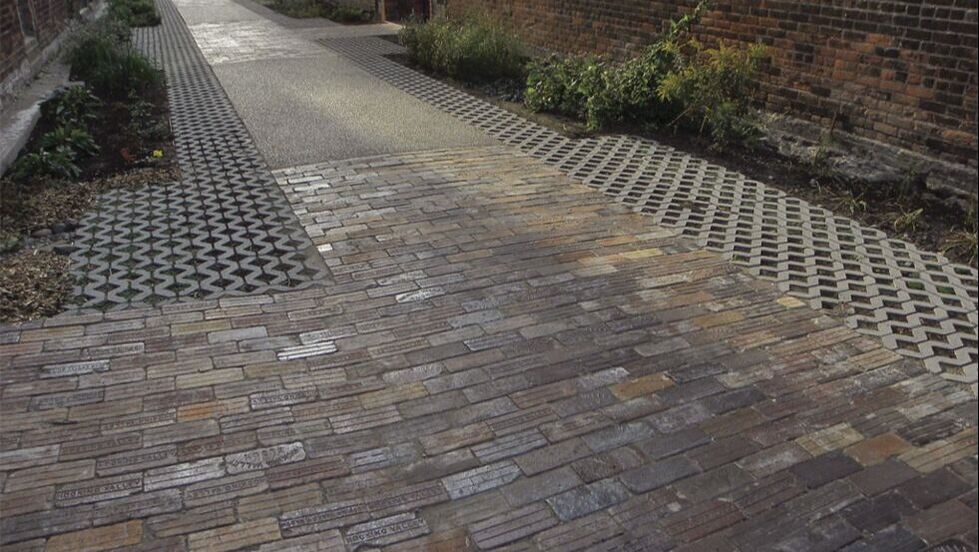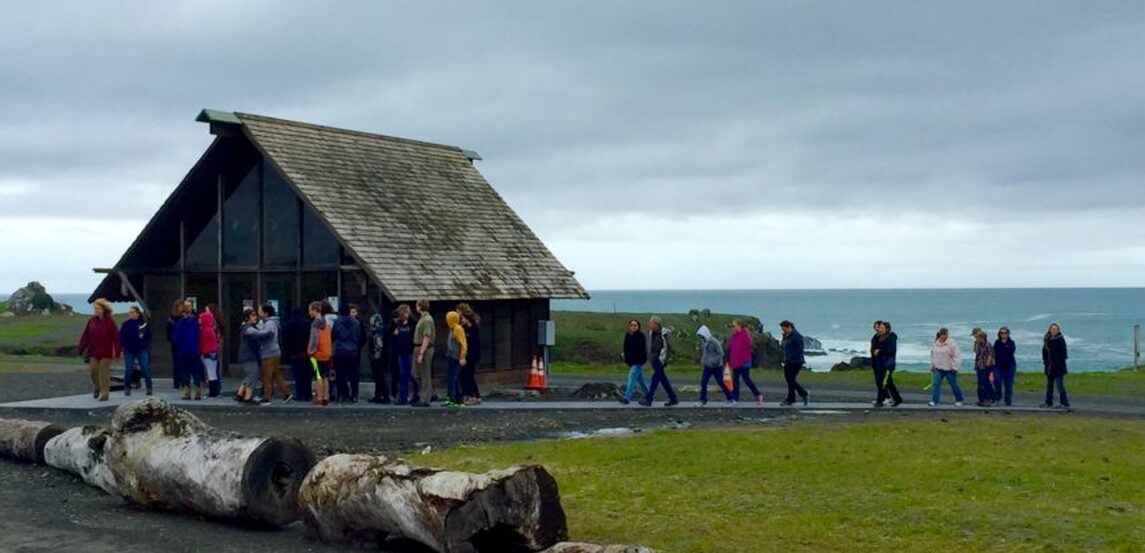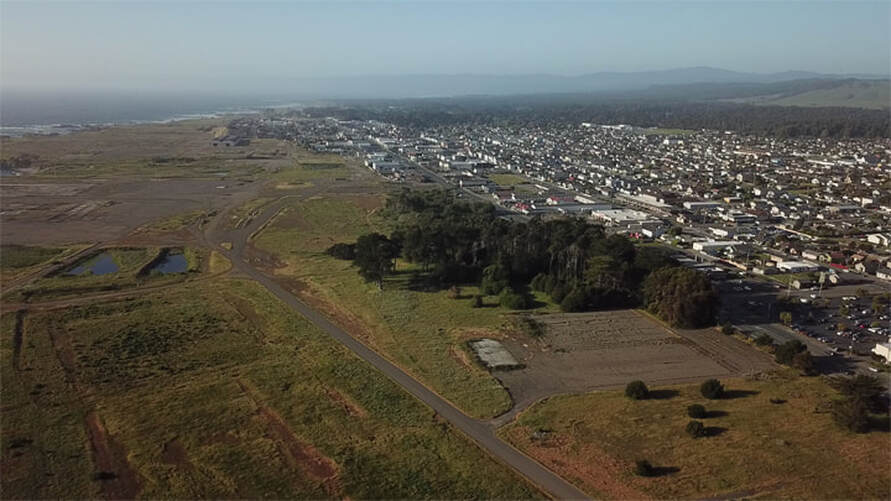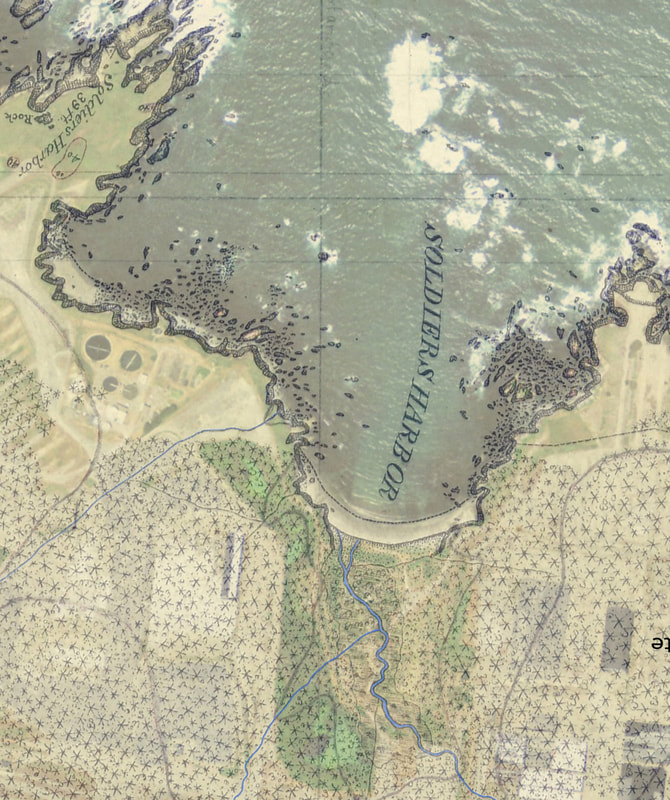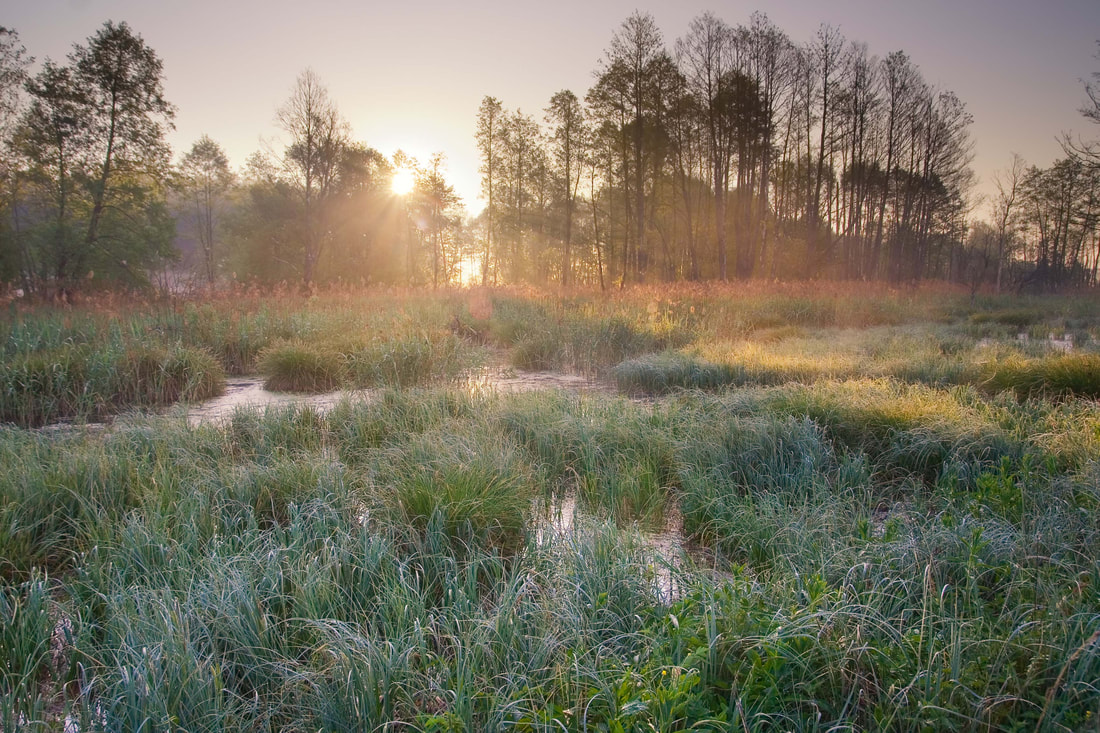Technology: A lighter footprint is possible.
|
FBHS Objective 6
Reduce impervious Surfaces Urbanization of the landscape has an appreciable negative impact on the quantity and quality of runoff water [read more] Returning open space to daylighted creeks, coastal wetlands, and forested environment of a natural Northern California coastal bluff would ensure the healthiest future for the flora and fauna of the headlands and the ocean. As one of the largest park areas within a California coastal city, the Headlands will offer a memorable and educational and recreational experience to residents and visitors alike. Like other iconic destination parks such as Golden Gate Park in San Francisco or Central Park in New York, Fort Bragg has the opportunity to designate open space for posterity in a meaningful and impactful way without precluding smart building on the parts of the property where building is planned. Today we have technology that, when used with nobel intention rather than a short-term focus on cost, will lessen human negative impact on the earth. Designing the surfaces of parking lots and sidewalks to be permeable will reduce the stress mill site development has on the water treatment plant, protect the ocean from storm water run-off carrying automobile pollutants, and enhance the livability of the community. |
What building makes sense?
It's proximity to redwood forests and the sea built Fort Bragg. Honoring that legacy could put it on the map. When Georgia-Pacific closed its lumber mill and left town in 2002, Fort Bragg's main source of living wage jobs left too. When G-P closed the mill, the population of Fort Bragg was 7,500. When the mill was in full operation, it employed over 2,000 people--the livelihood for large percentage of Fort Bragg families.
For the most part, the headlands have remained vacant for the last 17 years. The right development projects will contribute to Fort Bragg's prospect as a destination city and create living-wage trade and professional jobs in restoration, stewardship, science, education, and arts. Two stellar examples of what is possible are unfolding today.
The City secured funding and between 2015 and 2018 constructed the five mile long very popular coastal trail. The Noyo Center for Marine Science owns 11.5 acres of the headlands acreage and has plans to build a research facility and museum. G-P and the Department of Toxic Substances Control have studied, planned, negotiated, renegotiated, and implemented remediation of much of the remaining property. The extent of the clean-up of OU-E, which consist of the pond areas, surrounding wetlands, and the riparian corridor on the west edge of the property across Hwy 1 from Starbucks remain in contention. It is likely that complete clean-up is years away.
The City is in the process of rezoning the property in preparation for its reuse. Fort Bragg could just spread west, a unremarkable achievement for development anywhere. Or it could seize this extraordinary opportunity to write its future as a thriving cultural and economic mecca.
For the most part, the headlands have remained vacant for the last 17 years. The right development projects will contribute to Fort Bragg's prospect as a destination city and create living-wage trade and professional jobs in restoration, stewardship, science, education, and arts. Two stellar examples of what is possible are unfolding today.
The City secured funding and between 2015 and 2018 constructed the five mile long very popular coastal trail. The Noyo Center for Marine Science owns 11.5 acres of the headlands acreage and has plans to build a research facility and museum. G-P and the Department of Toxic Substances Control have studied, planned, negotiated, renegotiated, and implemented remediation of much of the remaining property. The extent of the clean-up of OU-E, which consist of the pond areas, surrounding wetlands, and the riparian corridor on the west edge of the property across Hwy 1 from Starbucks remain in contention. It is likely that complete clean-up is years away.
The City is in the process of rezoning the property in preparation for its reuse. Fort Bragg could just spread west, a unremarkable achievement for development anywhere. Or it could seize this extraordinary opportunity to write its future as a thriving cultural and economic mecca.
The beginnings of an anchor attraction.
The Noyo Center for Marine Science is a thriving program with a temporary home--or two. Now visitors flock to The Crow's Nest Interpretive Center on the headlands site of the future research station and museum and to the discovery center on Main St., Marine Science Downtown. The vision for a Marine Research Center with lab and office space, a marine mammal trauma center, and lodging for visiting scientists; and a Discovery Center including an aquarium, tidal exhibits, auditorium, and cafe; an exhibition space featuring a 73 foot articulated blue whale skeleton.
protect the forest that is left.
|
Early maps of the Fort Bragg headlands show numerous trees on the eastern border, near where Highway 1 is currently located. However, those were cut down years ago. The current forest is an artifact of the nursery and tree planting conducted by the lumber company. Nonetheless, it serves an important function as non-grassland habitat and home to numerous animals. The forest habitat anchors the wildlife corridor on the mill site.
It is important to note that the wind and salty air of the headlands are not the mildest environment for trees. Trees grow and survive best when in clusters. This forested area is self-sustaining and stable even with the unusual mix of conifers, redwoods, and eucalyptus. Allowing the removal of some trees will compromise the integrity of the remaining trees. Even dead, damaged, and invasive trees, have a role in this forest habitat. Some people might think that trees that are removed can be replaced with new trees, but that does not guarantee the long-term integrity of the forest. In addition, it would take many decades for a young tree to achieve the level of carbon sequestration of the mature trees currently in the forest. So, yes, plant new trees, but protect the trees that are currently there. |
Restoring wetlands will result in a healthier planet.
The part of the property from the woodland-riparian area adjacent to Hwy 1 west along the historical paths of Alder and Maple creeks before they were buried to the Pacific Ocean can be restored. Doing so will provide a wildlife corridor leading into the natural areas north of the Fort Bragg Headlands connecting to McKerricher State Park. Wetlands also provide a natural and healthy way to move storm water from the town to the ocean--protecting the ocean environment and relieving pressure on the City's water treatment plant.
